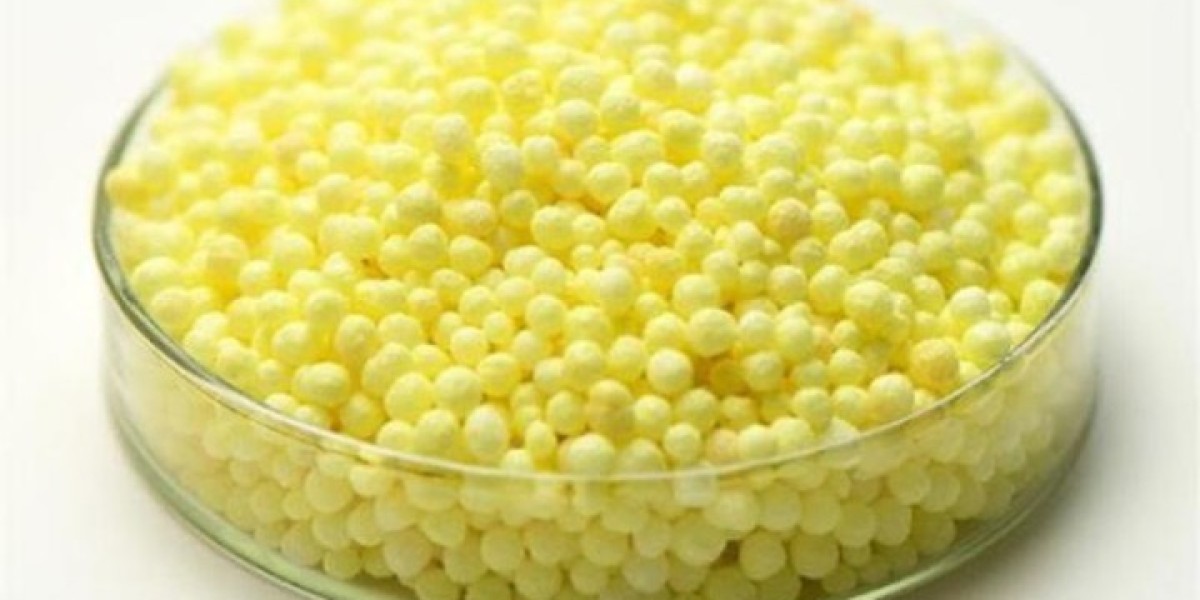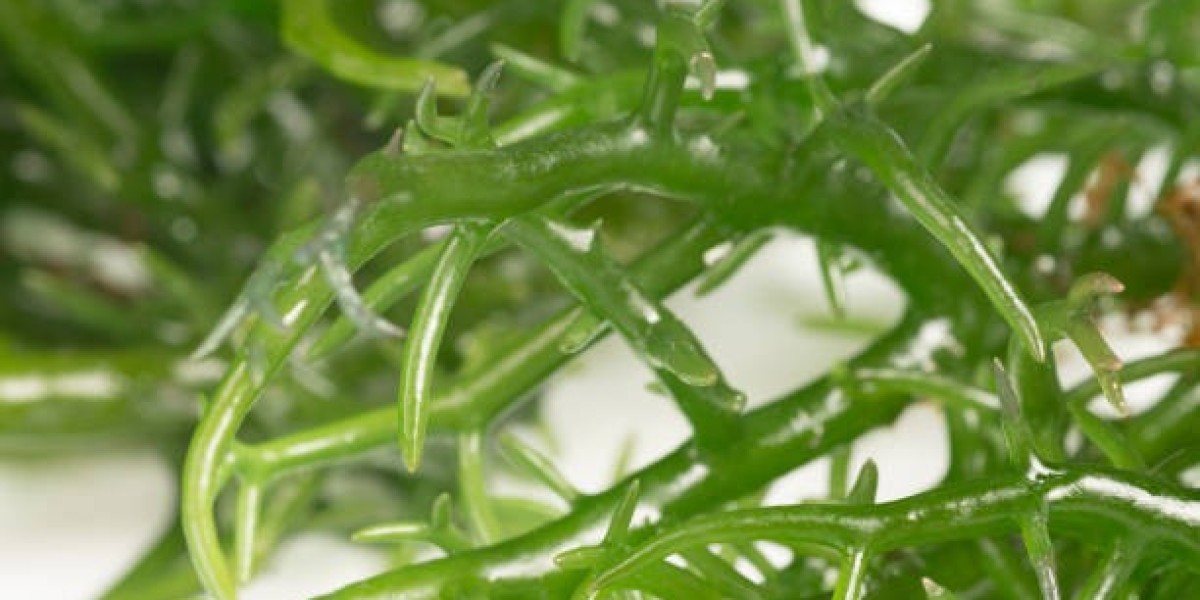Introduction
Sulfur coated urea (SCU) is a controlled-release nitrogen fertilizer typically used for lawns and gardens. It consists ofprills or granules of urea enclosed within a sulfur or polymeric coating. The coating allows nitrogen to diffuse out slowly over time, providing a prolonged release as the coating breaks down.
How Does it Work?
The sulfur or polymer coating acts as a barrier, controlling the rate at which nitrogen is released from the urea. Moisture is needed for the coating to gradually dissolve or break open. As the coating breaks down, it exposes more urea surface area and allows nitrogen to diffuse out in the plant-available ammonium (NH4+) and nitrate (NO3-) forms. This slow, sustained release matches nitrogen demands over an extended period versus quick releases from other sources.
Release Rates
SCU products are available in varieties designed to release nitrogen over different time spans, usually 4-9 months. Fast-, intermediate- and slow-release varieties exist through adjustments to coating thickness and composition. Fast types contain thinner coatings for quicker release over 3-4 months. Thicker coatings on intermediate varieties provide balanced release over 5-6 months. Slow types have the thickest coatings, releasing nitrogen gradually for 7-9 months.
Benefits of Using SCU
- Extended Feeding - SCU nourishes lawns and gardens for months versus weeks from other nitrogen sources. This reduces labor and application frequency needs.
- Efficiency - Nitrogen release is timed to match plant growth, reducing losses from laching or volatilization. More of the applied nitrogen is utilized by plants.
- Convenience - Less frequent applications are more convenient than weekly or monthly liquid fertilizations. SCU provides set-it-and-forget-it fertility.
- Safety - The slow release nature of SCU minimizes risks of nutrient runoff or leaching that can pollute water sources. Nitrogen is released responsibly.
- Cost Savings - Due to reduced application frequency needs, SCU use results in lower long-term fertilization costs versus frequent liquid applications.
Proper Application
For best results, SCU should be applied in spring or fall when active turf or soil microbial growth can utilize released nitrogen. Spring applications feed cool-season lawns through summer, while fall applications nourish lawns dormancy through next spring. The application rate should match recommendations on packaging for your turf or garden type and size. For lawns, whole-yard or drop spreader settings can achieve an even broadcast application. Watering after spreading helps the prills dissolve into soil for plant uptake. Avoid applying near water sources during heavy rain to minimize runoff risk. Re-applications may be needed if heavier than usual growth depletes the slowly-released nitrogen reserve before the next 6-9 months.
Other Considerations
While SCU offers advantages, there are some drawbacks to consider:
- Upfront Cost - SCU products generally have a higher upfront cost per pound of nitrogen versus quick-release alternatives like urea or ammonium sulfate. However, reduced frequency offsets this.
- Irregular Release - Weather conditions impact exactly how quickly or slowly the coating breaks down and nitrogen is released. This makes timing less predictable than synthetic options.
- Granular Form - SCU must be applied as a granular material, so it may not be suitable for all application equipment compared to liquid options. Drop or rotary spreaders work well.
- No Instant Effect - Don't expect an immediate green-up response like liquid fertilizers provide. Sulfur coated urea nourishes lawns and gardens gradually over months as the coating dissolves.
In summary, for homeowners seeking reduced-maintenance, sustained-release lawn and garden fertility, sulfur coated urea offers a convenient slow-feed option. When applied properly in spring or fall, it provides months of controlled nitrogen nutrition with fewer applications required versus liquid alternatives. Just be aware that the release is weather-dependent and green-up may take longer initially with SCU versus quick-feed options. Overall, it remains a popular organic-compatible controlled release nitrogen choice.



